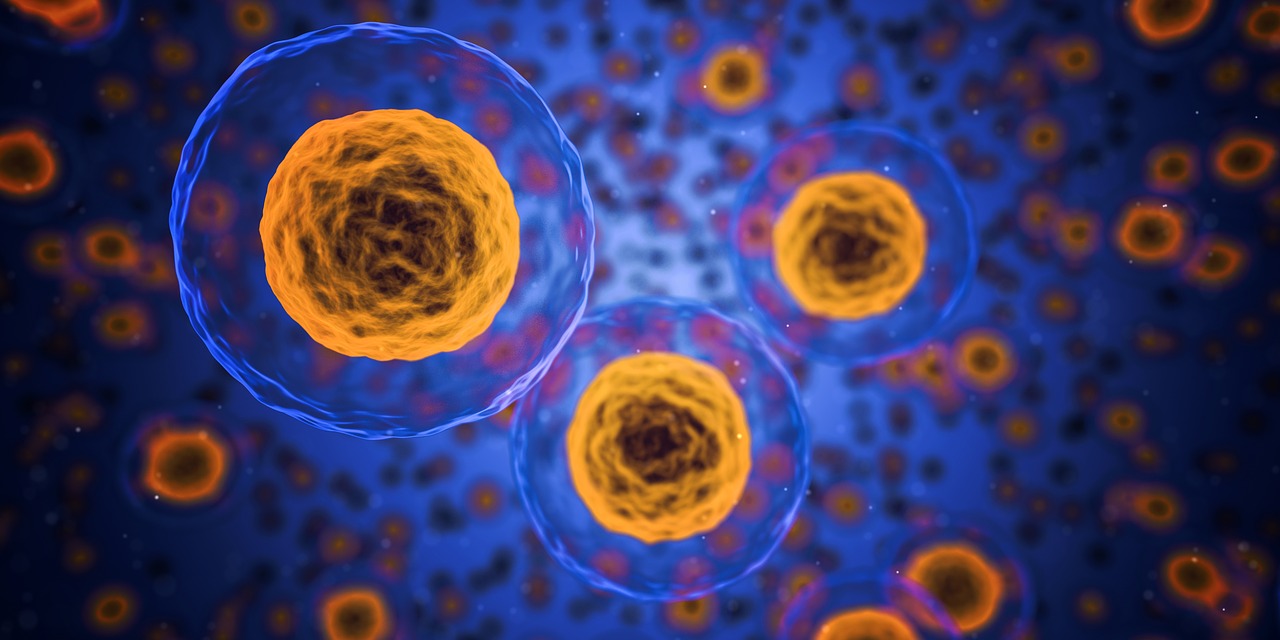
New materials could 'drive wound healing' by harnessing natural healing methods
Health & Medicine - Researchers have developed new bioinspired material that interacts with surrounding tissues to promote healing.
January 7, 2019
Materials are widely used to help heal wounds: Collagen sponges help treat burns and pressure sores, and scaffold-like implants are used to repair bones. However, the process of tissue repair changes over time, so scientists are developing biomaterials that interact with tissues as healing takes place.
Now, Dr Ben Almquist and his team at Imperial College London have created a new molecule that could change the way traditional materials work with the body. Known as traction force-activated payloads (TrAPs), their method lets materials talk to the body's natural repair systems to drive healing.
The researchers say incorporating TrAPs into existing medical materials could revolutionise the way injuries are treated. Dr Almquist, from Imperial's Department of Bioengineering, said: "Our technology could help launch a new generation of materials that actively work with tissues to drive healing."
The findings are published today in Advanced Materials.
Cellular call to action
After an injury, cells 'crawl' through the collagen 'scaffolds' found in wounds, like spiders navigating webs. As they move, they pull on the scaffold, which activates hidden healing proteins that begin to repair injured tissue.
The researchers designed TrAPs as a way to recreate this natural healing method. They folded the DNA segments into three-dimensional shapes known as aptamers that cling tightly to proteins. Then, they attached a customisable 'handle' that cells can grab onto on one end, before attaching the opposite end to a scaffold such as collagen.
During laboratory testing of their technique, they found that cells pulled on the TrAPs as they crawled through the collagen scaffolds. The pulling made the TrAPs unravel like shoelaces to reveal and activate the healing proteins. These proteins instruct the healing cells to grow and multiply.
The researchers also found that by changing the cellular 'handle', they can change which type of cell can grab hold and pull, letting them tailor TrAPs to release specific therapeutic proteins based on which cells are present at a given point in time. In doing so, the TrAPs produce materials that can smartly interact with the correct type of cell at the correct time during wound repair.
This is the first time scientists have activated healing proteins using different types of cells in human-made materials. The technique mimics healing methods found in nature. Dr Almquist said: "Using cell movement to activate healing is found in creatures ranging from sea sponges to humans. Our approach mimics them and actively works with the different varieties of cells that arrive in our damaged tissue over time to promote healing
Story Source:
Materials provided by Imperial College London. Original written by Caroline Brogan. Note: Content may be edited for style and length.


 How to resolve AdBlock issue?
How to resolve AdBlock issue? 